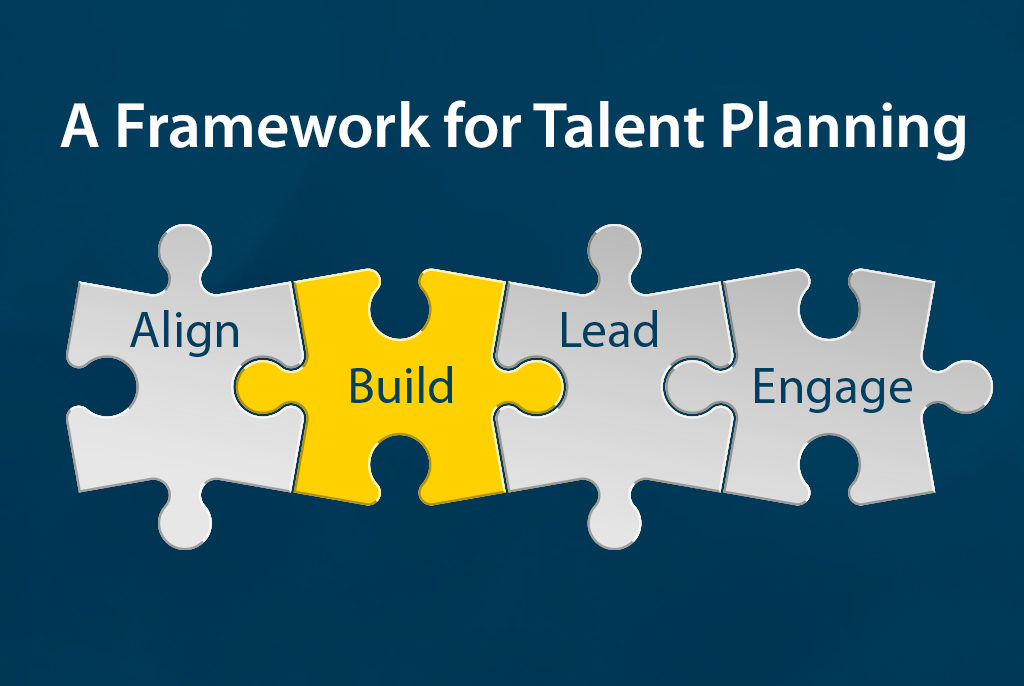Build the process you need — but don’t overbuild

If your company wants to improve the effectiveness of its talent planning, the ABLE Framework can guide you through the process.
As we explored in the first part of this series, the ABLE Framework was created by the National Center for Middle Market (NCMM) to help companies better structure and coordinate their talent planning activities. As a reminder, the framework has four parts:
Part 1: Align talent strategy with corporate strategy
Part 2: Build the processes you need—but don’t overbuild
Part 3: Lead by example
Part 4: Engage the organization
Build
If you want your organization to be effective at talent planning, you need to put the right processes—and the right amount of process—into place. Consider the size and growth of your organization when creating systems and processes, and remember that more isn’t necessarily better.
Most organizations need to establish processes to support the following:
Succession planning: Solid succession planning is one of the most effective ways to improve your talent planning efforts. Every company needs to prepare for the unexpected departure of a top leader or key player. Smaller companies are particularly as risk for a “single point of failure”—someone with critical skills who has no backup.
Career mapping: Understand what career paths and career plans look like for your employees. This process should come naturally to big companies that already have formal career grades and employee-ranking systems. Smaller companies may find this process trickier because their employees may not have long ladders to climb, and family businesses need to think about the career opportunities for non-family members.
Performance reviews: Nearly everyone I know hates doing performance reviews, but multiple studies indicate that they’re critical to effective talent planning. This is an important job that shouldn’t be delegated to HR; instead, work with your HR team to train managers and give them the support they need.
Identifying talent pools: Create a process for developing talent pools so you can call on people when you need them. Some of these may be internal people whom you identify as ready for bigger things, but others should come from the external sources. If you meet someone at a conference who you think might be a good hire down the road, keep in touch with them.
Analyzing turnover rates: Don’t try to guess your company’s turnover rate. Track and analyze it so you can determine what’s causing the turnover and what opportunities exist to improve it.
The “build” checklist
• Create succession plans for essential roles and individuals
• Develop robust processes for performance reviews
• Assess bench strength for critical/identified positions
• Develop talent pools (internal and external) for critical/identified positions
• Map career paths
• Map expected retirement dates of key players
• Identify “manage outs,” potential transfers and other likely open positions
• Analyze turnover rates to understand patterns and vulnerabilities
• Conduct individual-level development discussions between managers and each direct report
• Conduct talent review/group level discussions of talent (to drive consensus and accountability)
Next in this series
Lead by example
Others in this series
Align talent strategy and corporate strategy
Engage the organization
Category: Talent Management
Tags: talent management, talent planning

